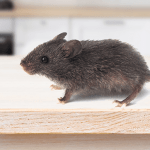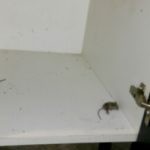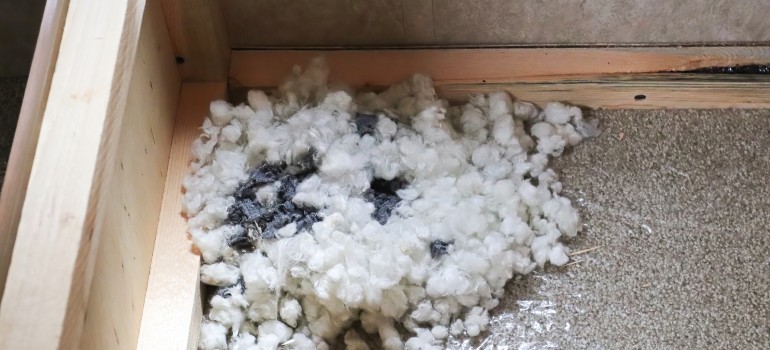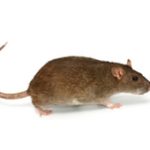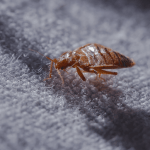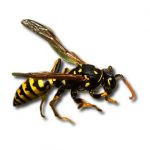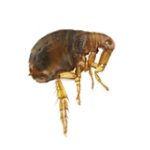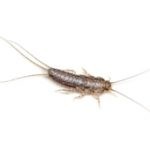How to Find Mice Entry Points
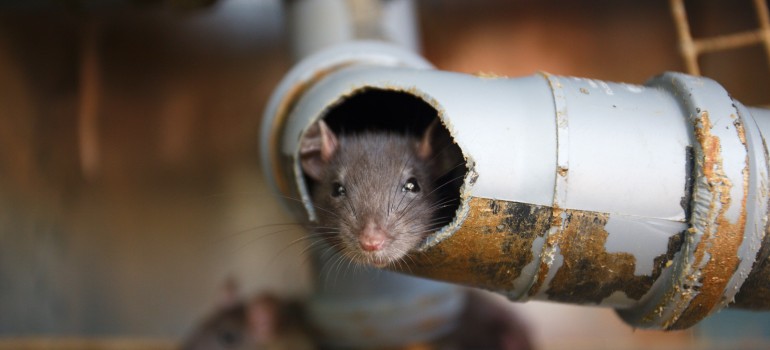
None of us wants mice or rodents on our property. Yet these agile creatures looking for food, water, shelter and warmth are really adept at finding entryways into your home to make themselves comfortable and also to breed. Mice and rats are not only unsanitary, carrying rodent-borne diseases with them, but they are also unpleasant lodgers. This post is for you if you’re wondering how to find mice entry points in your home and prevent them from settling there for good.
How to Prepare to Check for Mice Entry Points
Before determining how to get rid of mice from your property, it’s critical to first examine how mice get in the house in the first place. For this purpose, you will need to prepare yourself with some of the following tools and equipment to figure out how do mice get in:
- Flashlight
- Weatherstripping
- Steel wool or aluminium mesh
- Exterior caulking
- Wood Putty
- Talcum powder of flour
It’s important to check your property for any signs of mouse or rodent activity first before you can take any measures to address this problem. Signs of rodent activity include:
- Tracks and footprints: layout talcum powder or flour on the floor to see if there are any mouse tracks or footprints. These are usually small and depending on the type of rodent, will have between four and five toes on the legs.
- Droppings: mouse droppings are a clear sign of a mouse infestation in your home. The softer droppings will be more recent while harder ones that have dried up will be older. The quantity of the droppings will determine how big of a problem you have.
- Gnaw marks: It is common for rats to gnaw on wooden structural objects such as door corners, joists of flooring and ceilings, and wall studs. While mice can gnaw on objects and leave a clearer cut item behind, rats’ work usually consists of more rough edges.
- Burrows: check for fresh soil being kicked out near shrubbery and bushes for rats, and near foundation slabs for mice.
- Grease marks: you should also look out for grease markings around rafters, beams, pipes, vertical surfaces and active runways that do not have dust or cobwebs.
- Urine stains: these can be detected using UV light.
Signs of pet agitation: if you have pets and they become agitated, this might be a sign that they are bothered by the unwanted presence of rodents in your house.
Reliable mouse control for your home and business
Rely on experts to keep your property pest-free!
Common Mice Entry Points
If you’re wondering how mice get in your house, the answer is simple. These creatures tend to seek warmth and shelter as well as food on your property, providing a breeding ground for even more mice in your home. Remember that mice can breed up to 2,000 babies per year, which is a staggering number, to say the least. Mouse holes are typically the result of poorly checked housing structures, which have been left alone for the family of mice to move in. In order to find out where mice come from, there are certain common entry points you need to take into account.
- Foundations and walls: you first need to check the foundation of your home by going around the perimeter of your property. When doing so, also check the walls both internally and externally. Walls which are made of a softer material are more likely to reveal a mouse hole in a wall.
- Holes around pipes: then, check your pipes. Pipes are made of plastic and mice and rats can chew through them in order to find a nice, cosy and warm place to call home.
- Windows and doors: check that there are no holes around your windows for the mice to get through. Under and around doors is also critical checking point.
- Garage door seals: the typical garage door is sealed using rubber, which is a material that mice can chew through. You need to look out for gnawed pieces of rubber to determine whether the mice have entered your home through your garage.
- Roof and gutters: your roof is a place that’s often left alone and it provides the perfect space for mice to settle in. Therefore, check the roof among the rafters, gables and eaves.
- Plumbing and sewers: it’s not uncommon to hear that a mouse has popped up in your home through your toilet. This is because they tend to enjoy the darkness and dampness of sewer pipes. Therefore, check for any holes around your plumbing and see if there are any signs of a rodent infestation.
- Vents and air conditioning: vents and air conditioners are another great entry point for mice. In answer to the question of how small a hole can a mouse get through, they can squeeze through the tiniest of holes and therefore, these objects are worth looking into.
- Sheds: your shed could be a wooden structure, which mice can easily get into as these are usually not sealed off properly.
- Cable holes: you also need to check for holes in electrical, plumbing, cable and gas lines.
- Attic: finally, your attic. Leave some talcum powder or flour on the floor to detect any mice tracks. This will help you determine whether these creatures have settled in a nice, warm and dark environment to continue breeding.
How to Block Mouse Entry Points
Once the inspection has been completed, you now need to take steps to address these tiny holes in and around your property to prevent mice from settling in there. Remember that to the question “how small of a hole can a mouse get through” the answer is “really small” or the size of a pencil or a small coin. In order to create a mouse hole filler, you will need some steel wool or aluminium mesh as mice generally cannot chew through it as well as exterior caulking and wood putty in order to help you figure out how to block mouse holes. When the vulnerable entry points have been identified, you need to seal them off using the materials mentioned above.
Once this is done, you need to continue to check your property for entry points around once a month to ensure that there are no new entry points and that the old ones you fixed up have not been damaged and therefore left open for the mice to re-enter your home.
For a severe infestation, a professional mice exterminator is the only option.
Takeaways
Having mice in and around your home is a truly unpleasant and upsetting experience. These unhygienic creatures breed really fast and can survive on as little as 1 gramme of food a day. It doesn’t take much to keep them happy. However, these pesky lodgers don’t need to settle down on your property and you can take certain precautions to prevent them from doing so.
Here are the key takeaways from this post:
- Look for common signs of mice activity in your home
- Check the most common entry points
- Take measures to seal up small holes using steel wool and exterior caulking.
Want an expert help with mice?
Consider that we give information on possible ways for mice prevention. However, we cannot guarantee that all of the above approaches will work for you.





